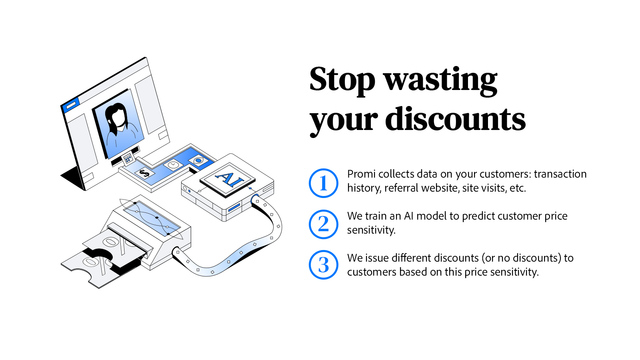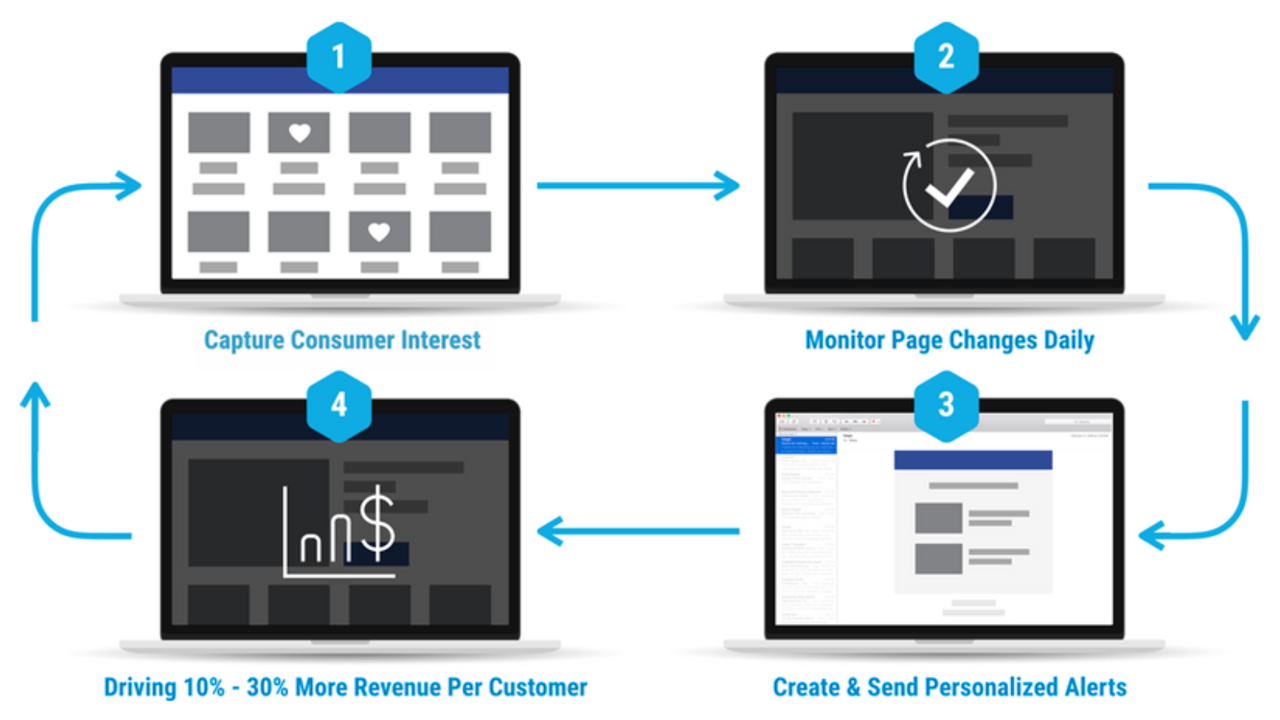Ecommerce flash sales have become increasingly popular in recent years. Online retailers use these limited-time promotions to create a sense of urgency among customers, resulting in a boost in sales and customer engagement. In this article, we will discuss some top tips to help you plan, market, and execute successful ecommerce flash sales.
Understanding Ecommerce Flash Sales
The Concept of Flash Sales
Flash sales are short-duration promotions where discounted products or services are offered to customers for a limited time. They typically create a sense of urgency and exclusivity, encouraging customers to make quick purchase decisions.
These sales events often leverage scarcity and time-sensitive offers to drive impulse purchases. The limited availability of products at discounted prices can trigger a fear of missing out (FOMO) among consumers, prompting them to act swiftly to secure the deal.
Importance of Flash Sales in Ecommerce
Flash sales can provide several benefits for online retailers. Firstly, they can help create hype and generate buzz around your brand. By offering limited-time discounts, you can attract more customers and increase sales.
Secondly, flash sales can help you clear out excess inventory or introduce new products to the market. By offering discounted prices for a short period, you can encourage customers to try new products or purchase items that might have been sitting in your warehouse for too long.
Moreover, flash sales can also serve as a strategic marketing tool to engage with your existing customer base and attract new customers. By promoting these time-sensitive offers through various marketing channels, such as email newsletters, social media, and targeted advertisements, you can drive traffic to your ecommerce store and boost conversions.
Planning Your Ecommerce Flash Sale
Flash sales have become a popular strategy for ecommerce businesses looking to boost sales and create a sense of excitement among customers. However, a successful flash sale requires careful planning and strategic decision-making. In this guide, we will delve deeper into the key aspects of planning a successful ecommerce flash sale to help you maximize its impact and achieve your business objectives.
Setting Clear Goals
Before starting a flash sale, it is crucial to define clear goals. Are you aiming to increase revenue, attract new customers, or promote a specific product? Setting measurable objectives will help you track the success of your flash sale and make necessary adjustments for future campaigns.
Moreover, establishing specific key performance indicators (KPIs) will allow you to evaluate the effectiveness of your flash sale strategy. Whether you are focusing on conversion rates, average order value, or customer acquisition, having clear goals in place will guide your decision-making throughout the planning process.
Choosing the Right Products
When planning your flash sale, carefully select the products you will feature. Consider your target audience and their preferences. Choose items that are popular, have high profit margins, or are overstocked.
Furthermore, conducting a thorough analysis of your inventory and sales data can help you identify which products are best suited for a flash sale. By leveraging data-driven insights, you can ensure that your product selection aligns with customer demand and market trends, increasing the likelihood of a successful sale event.
Additionally, consider bundling products or offering exclusive deals specifically for the flash sale. This can create a sense of value and encourage customers to take advantage of the limited-time offer. By curating enticing product bundles or exclusive discounts, you can enhance the perceived value of the sale and incentivize customers to make a purchase.
Timing Your Flash Sale
The timing of your flash sale is crucial for its success. Consider factors such as seasonality, holidays, and the browsing habits of your target audience. Avoid scheduling flash sales during busy periods when your target audience might be distracted or overwhelmed with other offers.
Creating a sense of urgency is critical, so keep the duration of your flash sale relatively short, typically lasting for 24 to 48 hours. This limited timeframe encourages customers to act quickly to take advantage of the discounts.
Moreover, consider leveraging email marketing and social media channels to build anticipation and generate buzz leading up to the flash sale. By strategically timing your promotional efforts, you can maximize visibility and engagement, driving traffic to your ecommerce site during the sale period.
Marketing Strategies for Flash Sales
Utilizing Social Media
Social media platforms are powerful tools for promoting your flash sale. Create engaging posts with eye-catching visuals and compelling captions to grab your audience's attention.
Consider running social media ads targeted at your ideal customers to maximize reach. Additionally, collaborate with influencers or brand ambassadors to amplify your flash sale messaging.
When working with influencers, ensure that their audience aligns with your target market to maximize the impact of your campaign. Provide influencers with clear guidelines and expectations to maintain brand consistency and messaging.
Engage with your audience by hosting interactive contests or giveaways related to your flash sale. Encourage user-generated content by asking customers to share their excitement or previous purchases, creating a sense of community around your brand.
Email Marketing for Flash Sales
Utilize your email list to inform subscribers about upcoming flash sales. Craft attention-grabbing subject lines and personalized messages to entice recipients to click through to your website.
Segment your email list based on customer preferences and behaviors to send targeted messages. Additionally, consider offering exclusive incentives or early access to loyal subscribers as a way to strengthen customer loyalty.
Personalize the email content based on past purchase history or browsing behavior to make the communication more relevant to each recipient. Implement A/B testing for different email elements to optimize performance and engagement rates.
SEO Optimization for Flash Sales
Boost the visibility of your flash sale by optimizing your website for search engines. Use relevant keywords in page titles, headings, and meta descriptions to improve your site's ranking in search results.
Furthermore, create dedicated landing pages specifically for your flash sale to provide customers with all the necessary information in one place. These pages should be visually appealing and easy to navigate.
Optimize your website speed and mobile responsiveness to enhance the user experience and reduce bounce rates. Leverage local SEO strategies if your flash sale is location-specific to attract nearby customers searching for relevant deals.
Executing a Successful Flash Sale
Ensuring Website Readiness
Prior to your flash sale, make sure your website can handle the influx of traffic. Conduct load testing to ensure that your servers can handle the increased volume and that your website functions smoothly.
Optimize your website's page load times to prevent customer frustration. Slow-loading pages can lead to abandoned carts and missed opportunities. Implement caching techniques and minimize the use of large file sizes to streamline the user experience.
Additionally, consider implementing a queue system to manage the surge of visitors during the flash sale. This will help maintain website stability and provide a fair and orderly shopping experience for customers.
Customer Service During Flash Sales
Customer service is a crucial aspect of any ecommerce business, especially during flash sales. Ensure that your customer support team is adequately trained and prepared to handle an increased number of inquiries and requests.
Respond promptly to customer queries and provide clear communication regarding shipping and delivery timelines. Excellent customer service during a flash sale can make a lasting impression and result in repeat business.
Consider offering live chat support during the flash sale to provide real-time assistance to customers. This can help alleviate any concerns or issues they may have, enhancing their overall shopping experience.
Post-Flash Sale Follow-ups
Once your flash sale has ended, don't forget about your customers. Send follow-up emails to thank customers for their participation and provide them with exclusive post-flash sale offers or discounts.
Gather customer feedback to measure the success of your flash sale and identify areas for improvement. Use this information to refine your future flash sale strategies and make them even more effective.
Furthermore, consider leveraging social media platforms to engage with your customers after the flash sale. Share user-generated content, such as photos or testimonials, to showcase the positive experiences customers had during the sale. This can help build brand loyalty and encourage future participation in your flash sales.
In conclusion, ecommerce flash sales can be a valuable tool for driving sales and increasing customer engagement. By understanding the concept of flash sales, planning strategically, employing effective marketing strategies, and executing with care, you can maximize the success of your flash sales and propel your ecommerce business to new heights.
Ready to take your ecommerce flash sales to the next level? Let Owlmix and our wise mascot Owlfred guide you to the perfect Shopify apps to enhance your online store's performance. With our curated directory, you'll find innovative solutions tailored to your needs, from advertising to inventory management. Don't miss out on the opportunity to optimize your flash sales and grow your business. Find your next Shopify app today and join the community of successful Shopify store owners who trust Owlmix for their app needs!

















